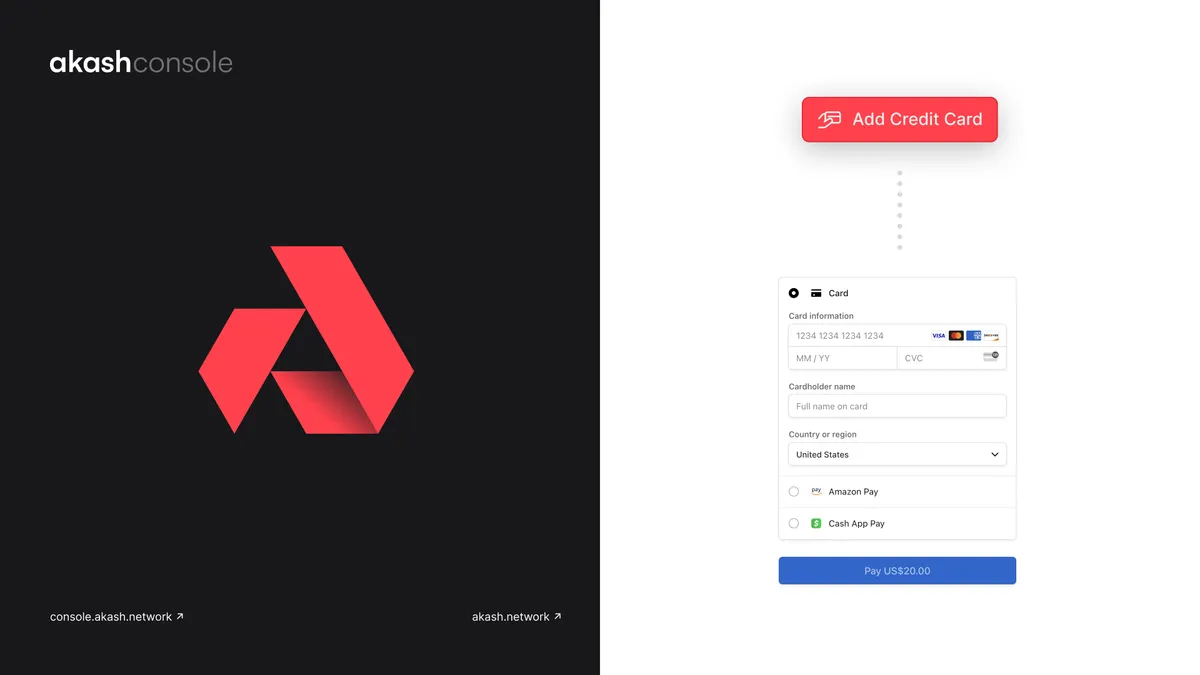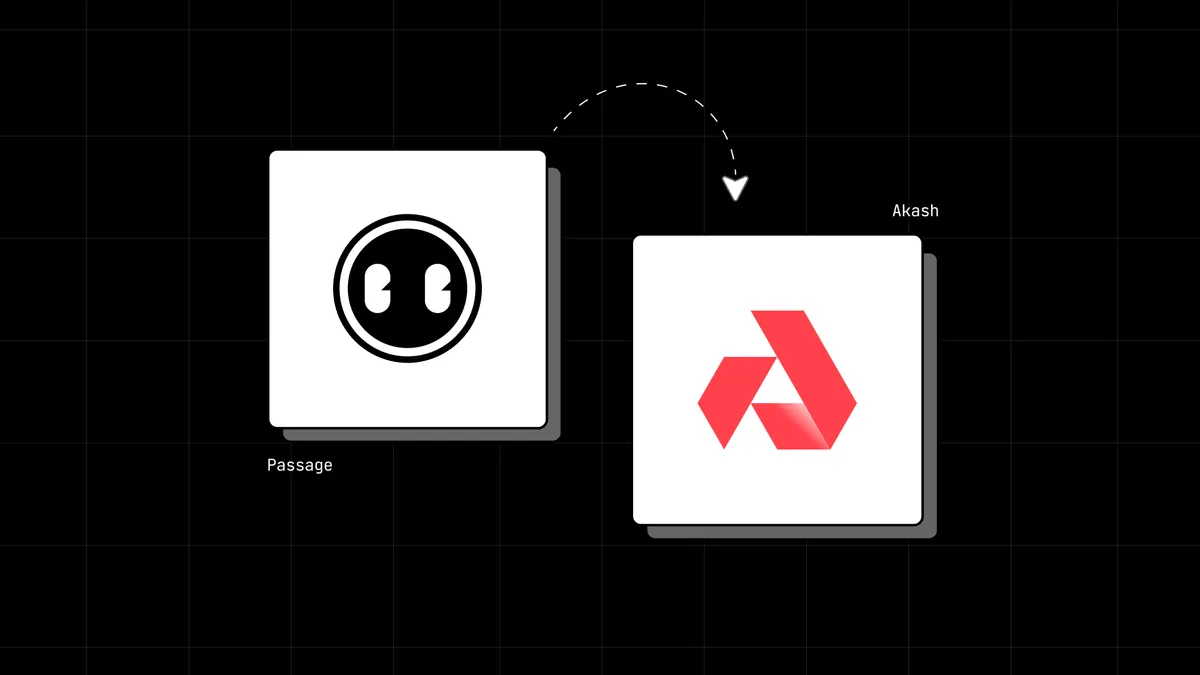
Akash employs a blockchain secured by a Proof-of-Stake consensus model, managed by 128 independent Validators. Validators perform the vital role of providing economic security to the Akash blockchain. To participate, validators ‘stake’ Akash tokens (AKT). AKT has three primary functions.
1. Resolve: Akash relies on a blockchain where a group of validators vote on proposals. Each proposal is weighed by the proposer’s voting power, which is the total tokens they staked and the tokens bonded to them (anyone can delegate their stakes voting power to validators).
2. Reward: Providers on Akash stake tokens to subsidize operating and capital expenditures. Stakers are rewarded proportional to the number of tokens staked, the length of lockup time, and the overall tokens staked in the system. Lock up times can vary anywhere from one month to one year.
3. Reserve: Fees on Akash can be settled using a multitude of currencies, however, the market order book uses Akash Token (AKT) as the reserve currency of the ecosystem. AKT provides a novel settlement option to lock in an exchange rate between AKT and the settlement currency. This way, providers and tenants are protected from the price volatility of AKT expected to result from its low liquidity.
Income Sources (Earnings)

Annual inflation over the years when tokens are locked with long and short commitments
Under certain network conditions, a validator can earn anywhere between 56% APR to 176.5% APR depending on tokens locked up, time committed, and various mining strategies (liquidate mining compensation or re-stake mining compensation). The high inflation reaches asymptotically to zero in 10 years.
The implicit value of AKT depends on its earning potential from the below income sources:
1. Transaction Fees: Every transaction on the blockchain is subject to a small fee (gas fee). A typical deployment takes ~10 transactions. See the design spec for details.
2. Make (selling compute) and Take (buying computing) Fees: Every trade on Akash is subject to maker and taker fee. (Sec 5.D in Economics paper).
3. Commission: Akash’s blockchain allows for 128 validators in the first year (that’ll increase to 442 in 10 yrs). Validators charge a commission to delegators (Sec 3 in Economics paper). Check out the Cosmos commission rates to get an idea. The fee structure is fully governed by validators and subject to change if the community votes to change it.
Network Demand
The earnings are proportional to marketplace activity, naturally depends on sufficient demand-supply equilibrium. Initially, we use inflation to bootstrap supply in our marketplace by borrowing from the future (more on bootstrapping supply in a 2-sided marketplace framework here).
When there is not sufficient demand, we use inflation to reward participation. We solve the supply problem by bootstrapping organic demand from the market that creates an attractive incentive for buyers — up to 10x lower cost than market in early stages.
This is extremely attractive to cost-sensitive applications such as Machine learning.
The Journey Ahead
Our current focus partnering with validators to secure the Akash Network blockchain and to grow our community of builders. If you’re a validator, or interested in becoming one, please reach out!
Find Out More About Akash’s Validator Program
Join Us to Build the Future of the Cloud!
Riot: https://akash.network/chat
Telegram: https://t.me/AkashNW
Twitter: https://twitter.com/akashnet
Github: https://github.com/ovrclk


